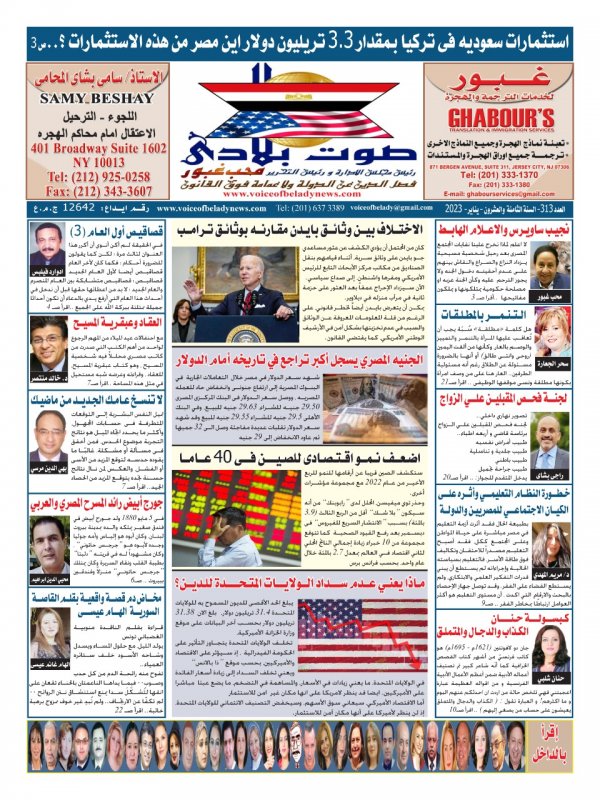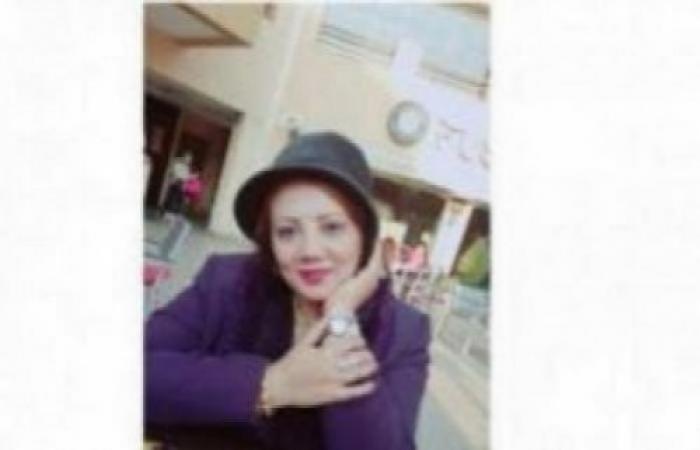I wrote
Howayda Awad Ahmed
A military coup differs from a political coup or the new cadillo, as well as a revolution. Samuel Huntington. The revolution is an internal, stubborn and rapid change in the prevailing value system, political institutions, social structures, government activity and leaders.
As for the coup, it is only a change of leadership and perhaps policies. The revolution comes to power on the shoulders of organized popular movements, as in China, Korea, Mozambique, Angola and Nicaragua.
In the sense of expanding participation in it, which is not like it in the coup. Regardless of the element of participation.
The coup. It is assumed that it is a change of the governmental stratum at the top, while the revolution involves a comprehensive change that turns the entity of society upside down. But this element loses its importance in discrimination when the leaders of the coup attempt to bring about radical changes in society, as happened in Ethiopia from radical changes Structure conducted by the successors of Haile Selassie.
We may say that the coup is the forced or forcible replacement of civilians in power with other elements of the armed forces
That is, it is an unexpected, sudden, deceptive, violent, and illegal movement, dangerous for the conspirators, just as for the victims targeted by the movement, which is on the part of the military and requires high skill in implementation and aims to change the government
I remember John Kennedy saying that a coup is a military government that comes to power by unconstitutional and illegal means.
That is, it is an attempt by the military to overthrow civilian rule, and it is an organized attempt, even if it takes a military form, but its essence is political.
We may say that it is the removal or attempt to remove the ruler, the head of state, in the armed forces through the use or threat of force
Interest in studying military coups increased in the period 1960-1980. In all social sciences, the study of politics in Black Africa became limited to the study of military intervention or military rule in it.
It is sufficient to know the extent of this interest to refer to the bibliography presented by African Quarterly in 1976 about the coups in sub-Saharan Africa alone, which included 142 scientific articles.
And also Samuel Decalo in his book The Coup and Military Rule in Africa 1976, in a bibliography of 287
Scientific material on military intervention, the relationship between civilians and military personnel, and coups.
And Gavin Kennedy presented in his book Military in the Third World in 1974, with a bibliography containing 346 scientific articles on the same subject.
All these variables that were used in the interpretation of the coups did not contribute to clarifying the discrepancy between the coup activities.
The coups in Africa in particular are linked to one factor, which is personal competition and the interests of the coup makers, and their opponents. Without understanding this personal relationship, coups cannot be understood or anticipated.
The reasons for this interest in coups are that they have become a general phenomenon
In the period from 1960-1982, fifty-two successful coups were signed in forty-five countries in sub-Saharan Africa. One hundred and two failed coups
And a coup attempt on the basis that the successful coup was the one who managed to change the ruler at the top and remained in control for more than a week, and the failed did not last for this period or period or was not able to make this change.
It was the attempt that revealed in its first beginning of the threads of planning and conspiracy thirty-eight of these countries, i.e. 84%, witnessed forms of military intervention.
And between 1946-1970, two hundred and seventy-four coups took place in fifty-nine countries in the world, between successful and unsuccessful.
We clearly see that the coups during the period between 1945-1972 occurred in sub-Saharan Africa at a rate of 1.5 coups per month.
And once every four months in Latin America, and once every seven months in Asia, and in the same period one hundred and twenty-eight successful coups occurred in seventy-eight countries in the world.
There are four countries that alone suffered from twenty-nine successful coups, at a rate of 22.7, and they are the countries that can be said to have become addicted to the coup phenomenon, namely Syria, 11 coups. Until the corrective movement led by President Hafez al-Assad that eliminated this phenomenon in Syria came to no return - and in Bolivia 7 coups
Dahomey 6 coups. Haiti 5 coups. Sudan, and that there are only twenty-two developed countries in the world that did not witness the coup phenomenon, and that out of one hundred and twelve countries in the third world experiencing a wide and rapid development movement, only six are: Mexico, Venezuela, Australia and Kenya It was Sri Lanka and Tunisia that managed to tame or neutralize their armies. It is also noted that the phenomenon of coups took the period 1950-1940 an ascending line.
Its number increased from 21% in 1950 to 45% in 1970.
Also, in the period 1958-1978, one hundred and fifty-seven coups took place in the world at a rate of eight per year, six of them in Europe, North America and Australia all, and fifty-one in the third world countries, including ninety-three successful coups and forty-five coup attempts. Africa alone, including Arab Africa, receives sixty-five coups .
Political coups are either personal or collective, or from the army or from parties outside the state to support its ambitions and intervention through people or groups.
Thus, we see that the issue of the coup has very large measures and trends and repercussions for which all parties have very accurate accounts.
Strong countries, their army and people, take very strong precautions against any coup against their orientations




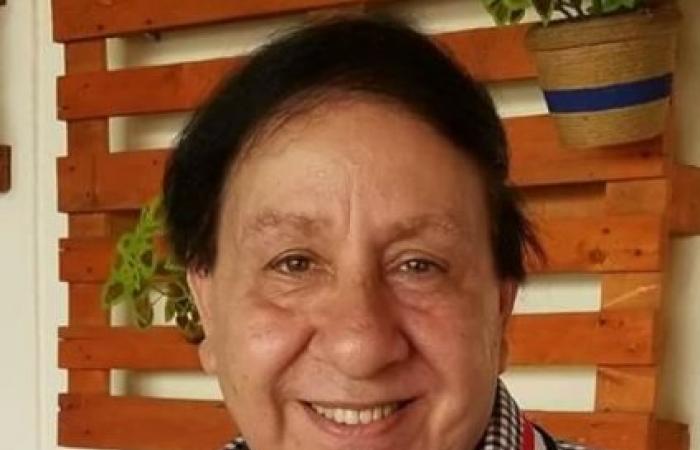 رئيس التحرير يكتب : من التراب وإلى التراب يعود .. تحويل جثث الموتى إلى سماد عضوى
رئيس التحرير يكتب : من التراب وإلى التراب يعود .. تحويل جثث الموتى إلى سماد عضوى
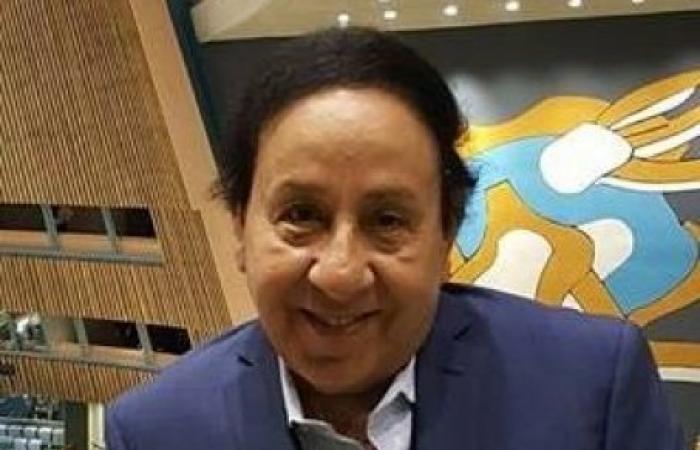 رئيس التحرير يكتب : لماذا تصر الحكومة على استمرار شريف أبو النجا رئيسا لمستشفى 57357 رغم الشواهد العديدة على فساده
رئيس التحرير يكتب : لماذا تصر الحكومة على استمرار شريف أبو النجا رئيسا لمستشفى 57357 رغم الشواهد العديدة على فساده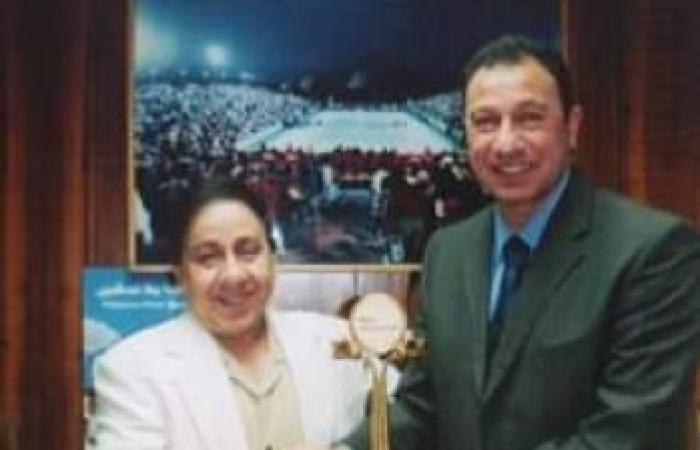 اقرأ في العدد الجديد ( عدد يناير ٢٠٢٣ ) من جريدة صوت بلادي
اقرأ في العدد الجديد ( عدد يناير ٢٠٢٣ ) من جريدة صوت بلادي
